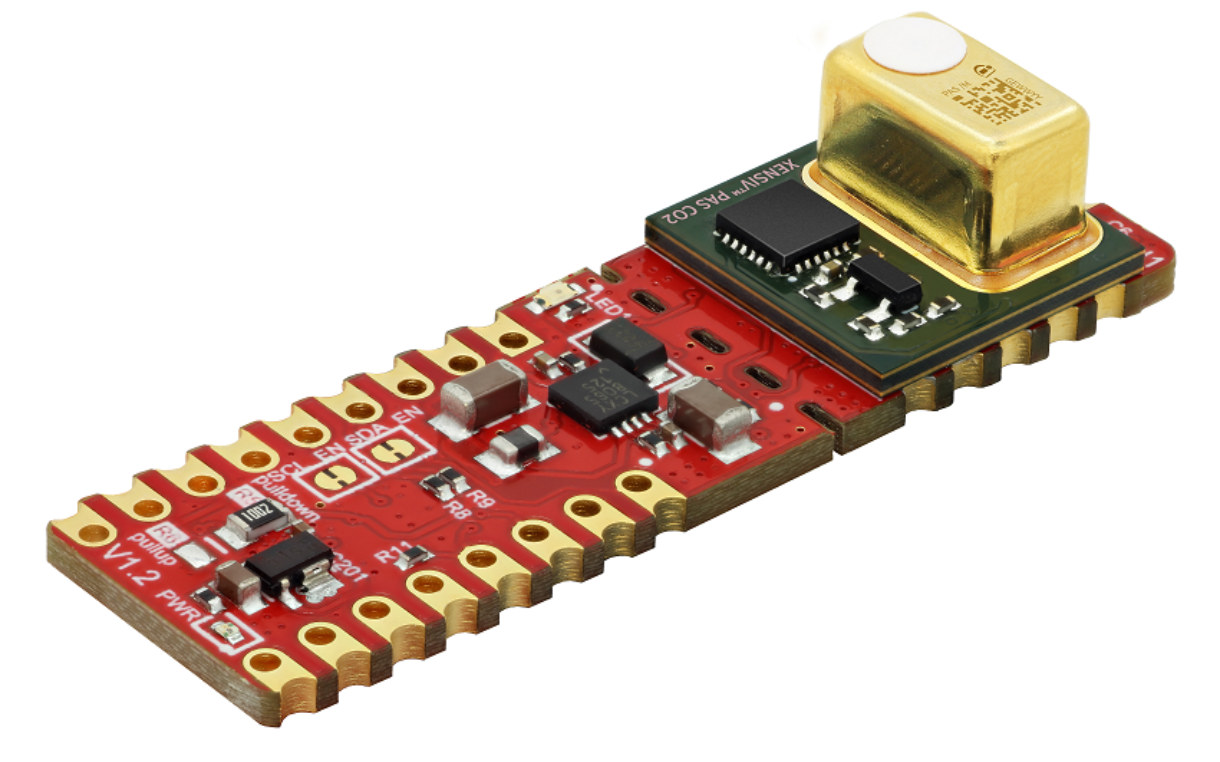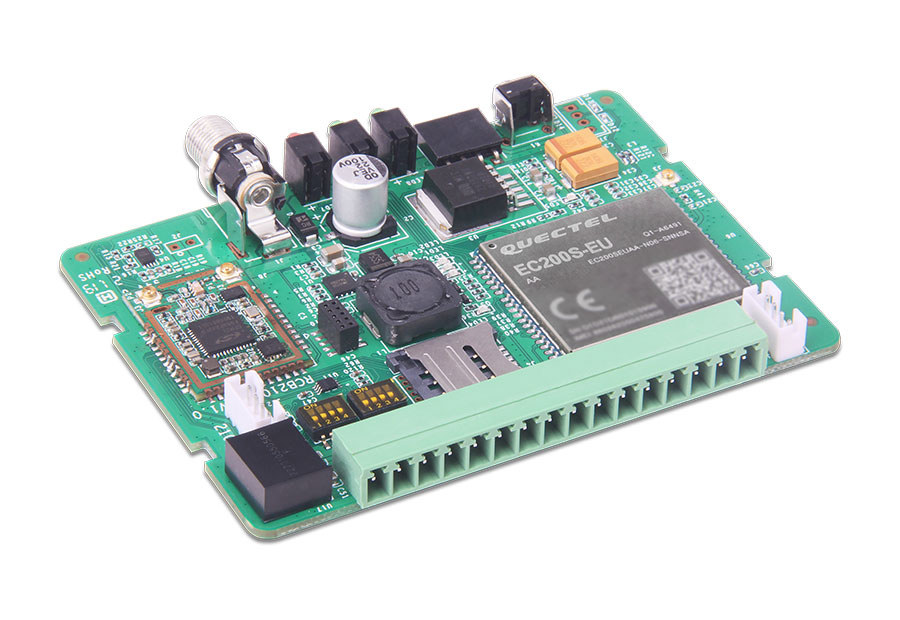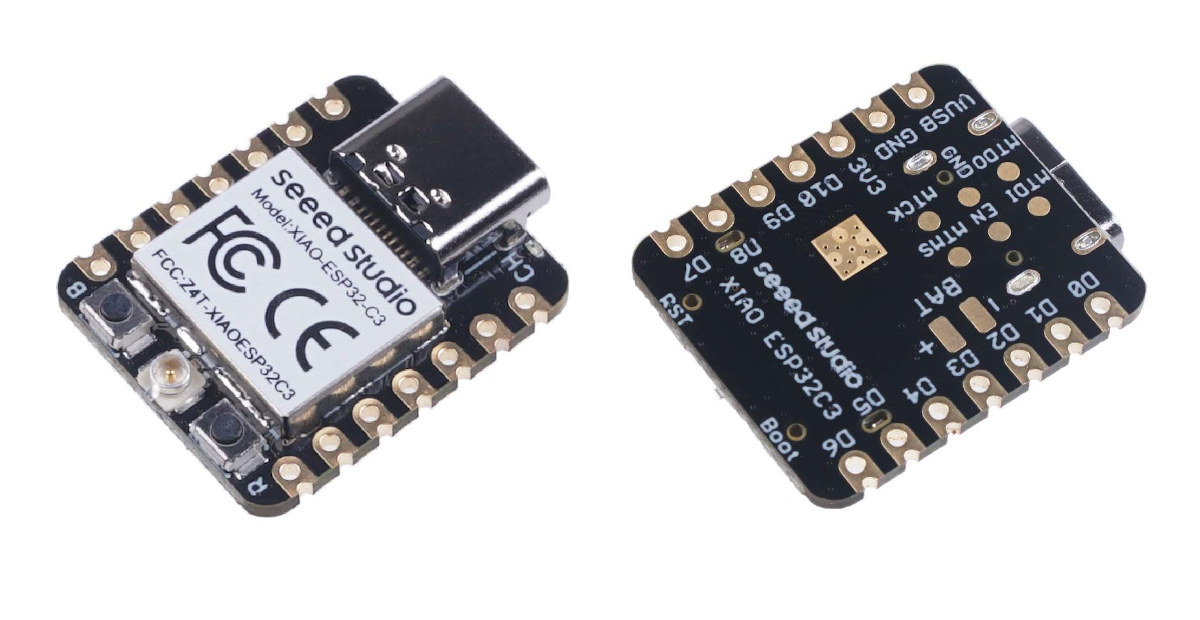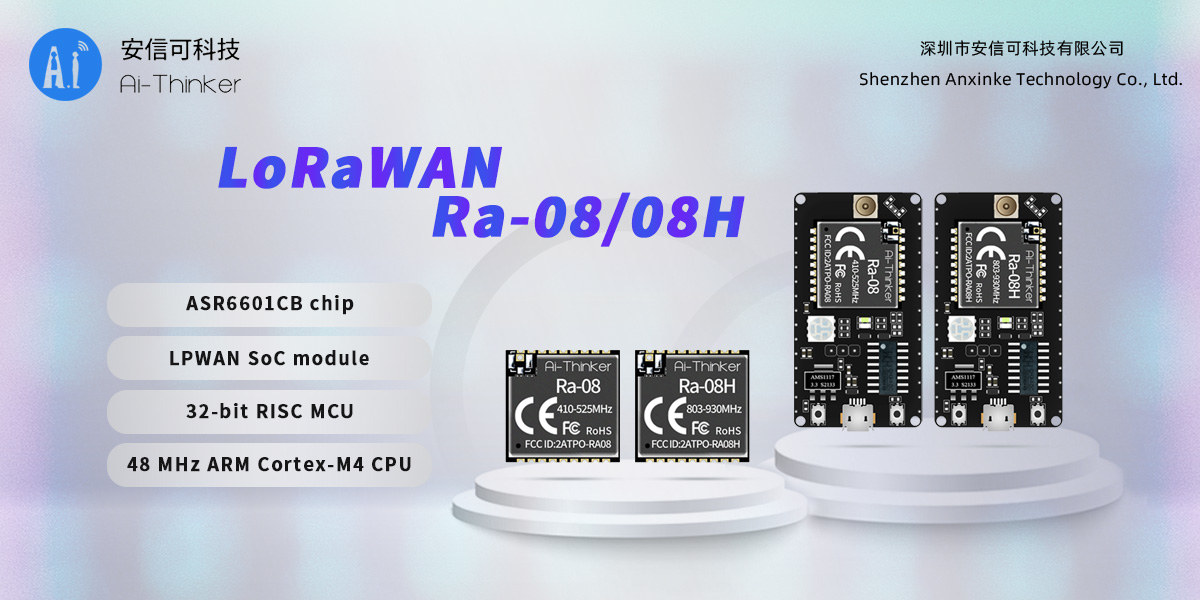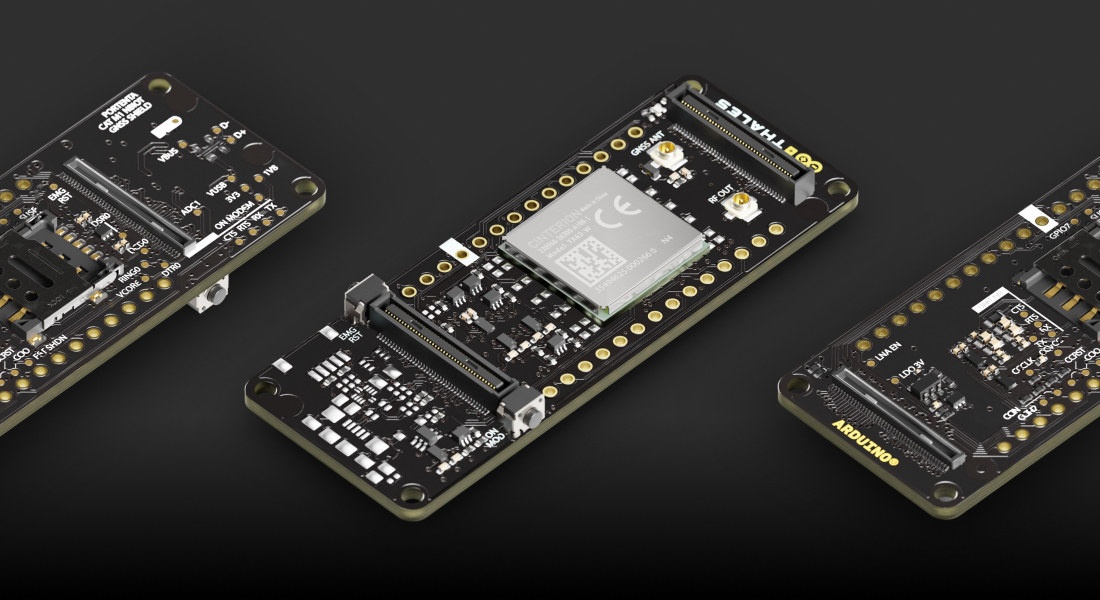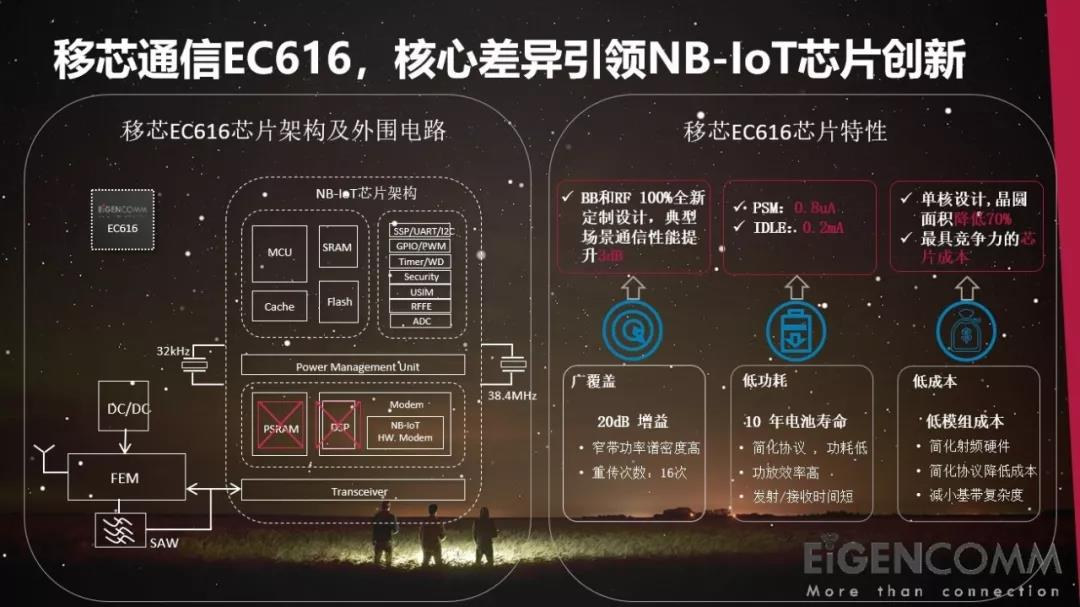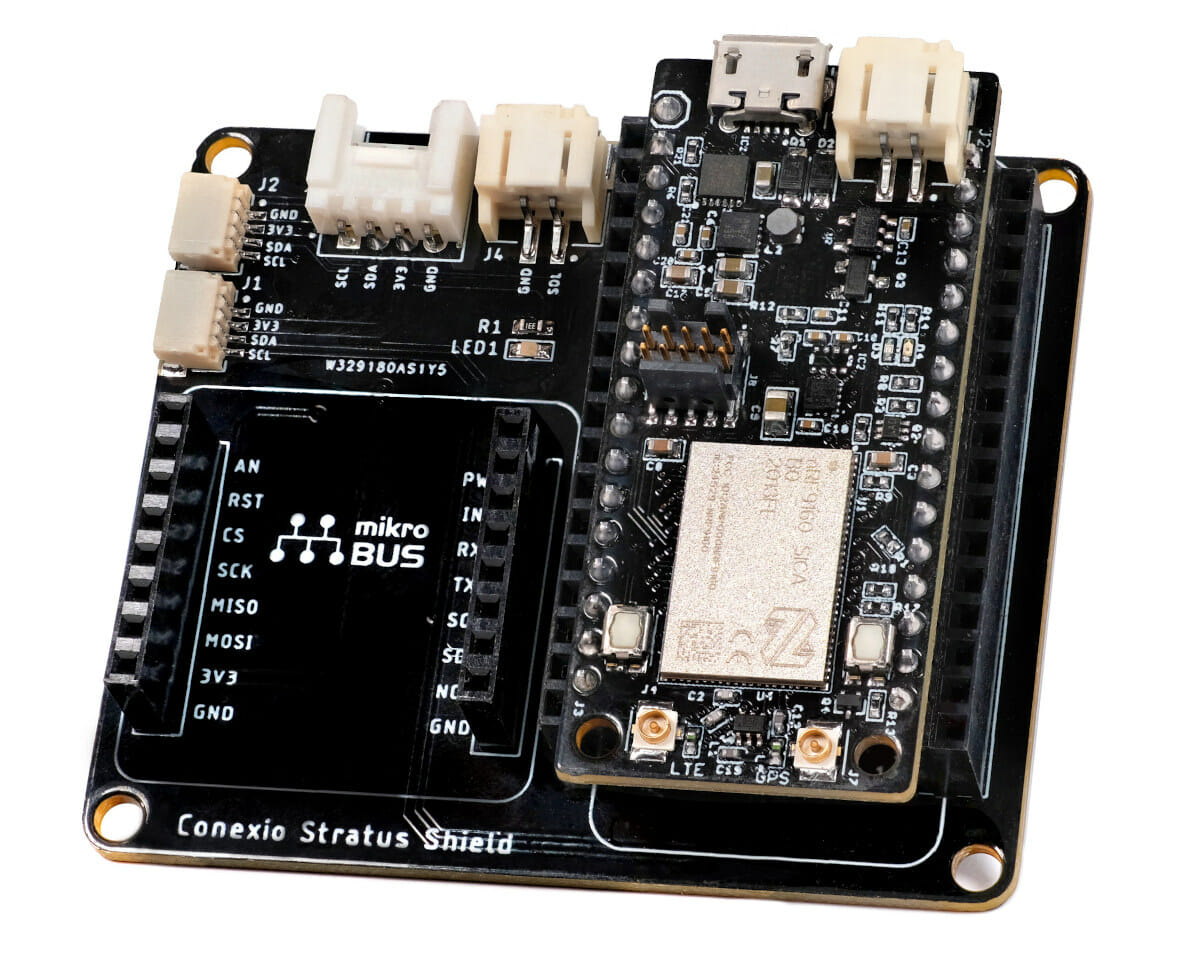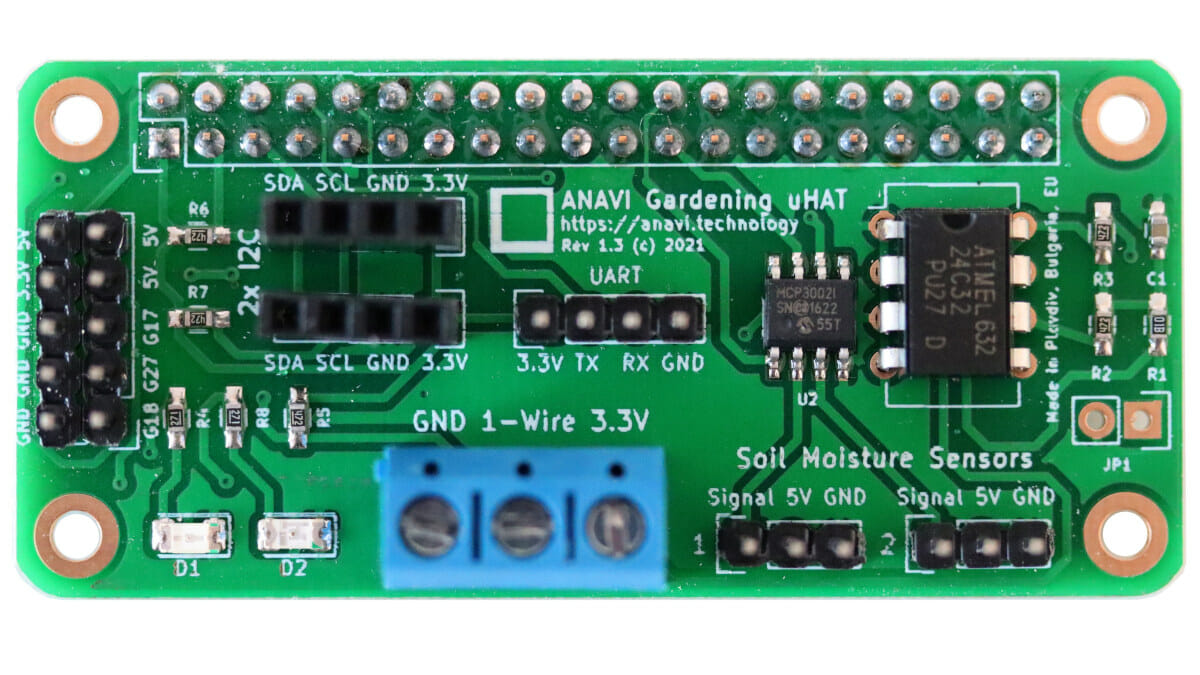Infineon has added new a shied to its Shield2Go ecosystem with the XENSIV PAS CO2 Shield2Go board integrating the company’s XENSIV PAS CO2 sensor capable of measuring carbon dioxide levels. We first wrote about the Shield2Go module with the OPTIGA Trust-M evaluation kit integrating a security module, but the family also includes various sensors shield and microcontroller boards notably the XMC 2Go board. The new Shield2Go board can be used for both air quality monitoring and controlled ventilation for energy savings. XENSIV PAS CO2 Shield2Go board specifications: XENSIV PAS CO2 sensor: Accuracy – ±30 ppm ±3% “Advanced compensation and self-calibration algorithms” Host interfaces – UART, I2C, PWM Dimensions – 14 x 13.8 x 7.5 mm 19x through holes and castellated holes with I2C, UART, PWM, interrupt, 5V, 3.3V, GND, plus SWD interface Power Supply 5V DC input 12V DC DCDC boost converter to power the IR transmitter in […]
Wireless M-Bus & LTE Cat 1 sensor board also supports Zigbee 3.0, Z-Wave, Bluetooth LE 5.0, LoRa…
Geniatech SCB32IM is a sensor board based on Silicon Labs EFR32FG14 Arm Cortex-M4 microcontroller with a sub-GHz radio enabling wireless M-Bus (Wireless Meter Bus) designed for remote reading of smart meters, and also equipped with a Quectel EC200S “IoT/M2M-optimized” LTE Cat 1 module. The sensor module does not actually come with any sensor on board, but provides a terminal block to connect any sensor you may need for your product. It’s also possible to extend wireless connectivity options with Zigbee 3.0, Z-Wave, Bluetooth LE 5.0, LoRa, and more through the GT-IoT interface with UART, SPI, and one GPIO. Geniatech SBC32IM specifications: Microcontroller – Silicon Labs EFR32FG14 Aem Cortex-M4 MCU @ 40MHz with up to 256 KB flash, 32 KB RAM, and proprietary 2.4GHz and sub-GHz radios Wireless connectivity Wireless M-Bus S Mode: 868 MHz band T Mode: 868 MHz band C Mode: 868 MHz band N Mode: 169 MHz band […]
Seeed Studio outs $5 XIAO ESP32C3 board with WiFi and BLE, battery support
Seeed Studio’s XIAO family of tiny MCU boards expands with the XIAO ESP32C3 board equipped with ESP32-C3 WiFi and Bluetooth LE (BLE) microcontroller, support for LiPo batteries, and following the same 21 x 17.5mm form factor. If I’m counting right, this is the fifth member following the original XIAO based on Microchip SAMD21G18 Cortex-M0+ MCU, XIAO RP2040, and the nRF52840-based XIAO BLE and XIAO BLE Sense boards which I tested with Edge Impulse. XIAO ESP32C3 specifications: Wireless MCU – Espressif Systems ESP32-C3 single-core RISC-V microcontroller @ 160 MHz with 400KB SRAM, 384KB ROM, 4MB flash Wi-Fi 4 & Bluetooth LE 5.0 connectivity Antenna – External u.FL antenna USB – USB Type-C port for power and programming Expansion I/Os 2x 7-pin headers with 1x UART, 1x I2C, 1x SPI, 11x GPIO (PWM), 4x ADC, I2S 3.3V I/O voltage (not 5V tolerant) Debugging – JTAG pads Misc – Reset button, Boot button, […]
Ai-Thinker Ra-08 LoRaWAN module features ASR6601 chip (Sponsored)
Ai-Thinker Ra-08/08H are new LoRaWAN modules based on ASR Microelectronics ASR6601 module featuring a 48MHz ARM Cortex M4 microcontroller and Semtech SX1262 transceiver allowing long-range, low power communication for the Internet of Things. Both LoRaWAN modules share most of the same specifications, but the Ra-08 module operates in the 410-525MHz frequency band, while the Ra-08H module works in the widely used 803MHz to 930MHz band. Ai-Thinker also provides a development kit for each module. Ai-Thinker Ra-08/Rs-08H key features and specifications: Programmable embedded Arm Cortex-M4 MCU with 128 KB of Flash and 16 KB of SRAM LoRa radio Sensitivity – -138 dBm @ SF12/125KHz Tx power – Up to +22dBm Frequencies Ra-08 – 410 MHz to 525 MHz Ra-07H – 803 MHz to 930 MHz Spread spectrum factor – SF5, SF6, SF7, SF8, SF9, SF10, SF11, SF12 LoRa, (G)FSK, BPSK, and (G)MSK modulation Bit rate up to 62.5 Kbps in LoRa […]
Arduino Portenta gets an LTE Cat. M1/NB IoT GNSS shield
Arduino PRO Portenta family of industrial boards is getting a new LTE Cat. M1/NB-IoT GNSS shield that adds global connectivity and positioning capabilities through the Cinterion TX62-W LPWAN IoT module by Thales. The shield works with the Portenta H7 board as well as its lower-cost variants and Arduino MKR boards and will power industry 4.0 and edge computing solutions such as positioning, asset tracking, and remote monitoring applications at the factory, in agriculture, public utilities, and smart cities. Portenta CatM1 shield specifications: Cinterion TX62-W module with: 3GPP Rel.14 Cat.M1, Cat.NB1, Cat.NB2 Global coverage with a single SKU FDD-LTE Bands – 1, 2, 3, 4, 5, 8, 12, 13, 18, 19, 20, 25, 26, 27, 28, 66, 71, 85 LTE Cat. M1 – DL: max. 300 kbps, UL: max. 1.1 Mbps LTE Cat. NB1 – DL: max. 27 kbps, UL: max. 63 kbps LTE Cat. NB2 – DL: max. 124 kbps, […]
Eigencomm EC616/EC616S SoC supports Cat-NB2 cellular IoT
Eigencomm EC616/EC616S are Cortex-M3 microcontrollers supporting the 3GPP R13/R14 NB-IoT standard, with 3GPP R14 notably introducing the newer LTE Cat-NB2 standard allowing higher bitrates up to 127 kbps downlink, and up to 159 kbps uplink, and OTDOA and E-CID positioning methods. Both EC616 and EC616S are virtually identical, but the EC616S comes with fewer GPIOs and is designed for the lowest possible BoM cost for modules as small as 10×10 mm. Both target similar IoT applications such as wireless meter reading, smoke detection, smart street lights, smart logistics, asset tracking, smart fire monitoring, smart parking, smart home, wearable devices, industry 4.0, smart agriculture, and others. Eigencomm EC616/EC616S specifications: MCU core – Arm Cortex-M3 @ up to 204 MHz Frequency band – 663 MHz to 2200 MHz Protocol version – 3GPP R13/R14 Built-in PA output power – 23dBm Receiver sensitivity – EC616: -118 dBm, EC616S: -117 dBm Peripherals EC616 – 2x […]
Conexio Stratus – An nRF9160 board with solar energy harvesting capability (Crowdfunding)
Conexio Stratus board is equipped with Nordic Semi nRF9160 System in Package (SiP) with LTE-M (eMTC) & NB-IoT cellular IoT connectivity as well as GPS support through a pair of u.FL connectors for antennas, together with 500MB of mobile data valid for ten years. Designed for battery operation, the devkit comes with built-in battery charging, monitoring, and energy-harvesting circuitry, plus an accelerometer and a temperature and humidity sensor that makes it ideal for prototyping cellular IoT systems such as asset-tracking applications, environmental monitoring, and smart-meter monitoring, among others. Conexio Stratus board Conexio Stratus specifications: SiP – Nordic Semi nRF9160 system-in-package with Arm Cortex M33 MCU, 1 MB Flash, 256 kB RAM, cellular IoT modem, and GPS. Cellular Connectivity 3GPP LTE release 13 Category M1 and NB1 compliant 3GPP release 14 NB2 compliant RF Transceiver for global coverage supporting bands: Cat-M1: B1, B2, B3, B4, B5, B8, B12, B13, B14, […]
ANAVI Gardening uHAT adds soil and other sensors to Raspberry Pi (Crowdfunding)
We’ve been covering and reviewing ANAVI open-source hardware boards for several years now, either standalone boards based on ESP8266, or add-on boards for Raspberry Pi. The ANAVI Gardening uHAT is the latest board from Leon Anavi. It is a micro HAT designed for Raspberry Pi Zero to Raspberry Pi 4 SBCs that offers interfaces for soil sensors and other environmental sensors allowing measurements of soil moisture, atmospheric pressure and humidity, temperature with a waterproof sensor, and light intensity for gardening applications. ANAVI Gardening uHAT key features and specifications: Compatibility – Any Raspberry Pi board with a 40-pin GPIO header Storage – EEPROM for uHAT compliance 2x 3-pin headers for capacitive soil moisture sensors connected to Microchip MCP3002 ADC chip 3-pin One-wire terminal block for a waterproof temperature sensor 2x 4-pin I²C headers for additional sensors 10-header with GPIO pins for controlling irrigation systems and peripherals Misc – 2x user LEDs, […]


